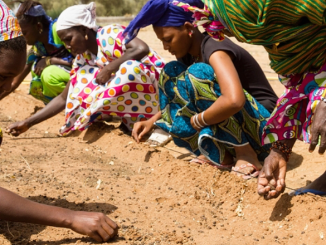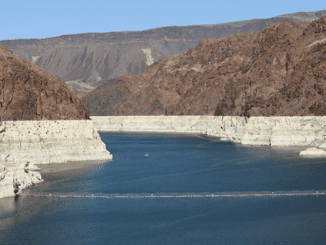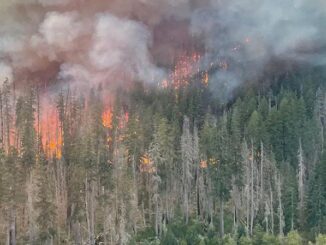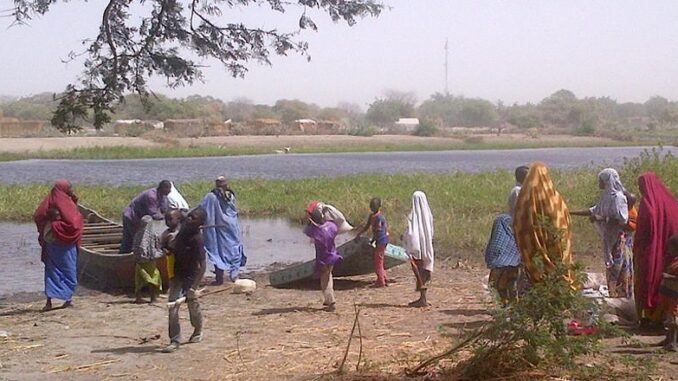
PARIS, France, March 22, 2024 (ENS) – Tensions over access to clean water are aggravating conflicts worldwide, finds the United Nations World Water Development Report 2024, just published by UNESCO on behalf of UN-Water to mark World Water Day.
UNESCO, the United Nations Educational, Scientific and Cultural Organization, is a specialized agency of the United Nations that aims to promote world peace and security through international cooperation in education, arts, sciences and culture.

“As water stress increases, so do the risks of local or regional conflict. UNESCO’s message is clear: if we want to preserve peace, we must act swiftly not only to safeguard water resources but also to enhance regional and global cooperation in this area,” Audrey Azoulay, Director-General of UNESCO said, introducing the new report.
“Typically, water is not the cause of war, but it has most often been a tool, a target, or a victim of warfare. This is the case when there are attacks targeting civilian water infrastructure, including treatment plants, distribution systems and dams,” the report states.
International humanitarian law protects a wide range of civilian infrastructure, including water systems.
To preserve peace, countries must immediately engage in water cooperation and transboundary water agreements, the UN water executives are urging.
Alvaro Lario, president of the International Fund for Agricultural Development, IFAD, and chair of UN-Water, said, “Water, when managed sustainably and equitably, can be a source of peace and prosperity. It is also the literal lifeblood of agriculture, the major socio-economic driver for billions of people.”

In low-income countries where agriculture is the main source of livelihood, about 80 percent of jobs are water-dependent, the UN reports.
Today 2.2 billion of the 8.1 humans on Earth live without access to safely managed drinking water, and even more, 3.5 billion, lack access to safely managed sanitation. The UN goal of ensuring this access for all by 2030 is far from being attained, and there is reason to fear that these inequalities may continue to rise, the report finds.
Between 2002 and 2021 droughts affected more than 1.4 billion people. And in 2022, roughly half of the world’s population experienced severe water scarcity for part of the year, while another quarter faced extremely high levels of water stress.
Climate change is projected to increase the frequency and severity of these phenomena, with acute risks for social stability.
Girls, Women: The First Water Scarcity Victims
The first impact of water scarcity is the deterioration of living conditions, leading to heightened food insecurity and health risks.
Water scarcity has consequences for social development, particularly for girls and women. In many rural areas, they are the primary water collectors, spending several hours a day on this task.
Reduced access to water supply adds to this burden, undermining women’s economic participation, safety and education, and may contribute to the higher secondary school dropout rate among girls compared to boys.
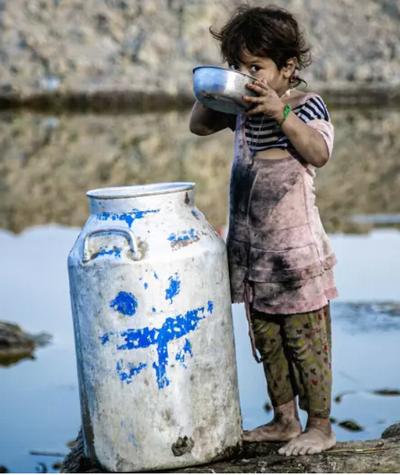
The lack of water security has been identified as one of the drivers of migration. This displacement can, in turn, contribute to water insecurity by placing added strain on water systems and resources in settlement locations, fueling social tensions. A 2021 advocacy report conducted in Somalia by the UN Population Fund indicates a 200 percent increase in gender-based violence against displaced people.
Transboundary Agreements Can Ease Conflict
Water scarcity can increase the risk of conflict, while transboundary agreements can prevent conflict. While some 40 percent of the world’s population lives in transboundary river and lake basins, only a fifth of countries have cross border agreements to jointly manage these shared resources equitably.
Many transboundary basins are located in areas marked by current or past intra-government tensions.
In the arid Arab region, for instance, seven countries were in conflict in 2021, with wide-ranging implications for water supply, infrastructure, and potential cooperation on water-related issues. Some of the conflicts date back many years.
Africa remains especially vulnerable to interstate tensions relating to water – 19 out of 22 states studied suffer from water scarcity, and two-thirds of the continent’s freshwater resources are transboundary.
Of the 106 transboundary aquifers mapped in Africa, interstate cooperation has only been formalized in seven.
Some Regions Enjoy Cooperative Progress
Cooperation on transboundary water management appears to be a powerful way of maintaining peace. By creating conditions for regular dialogue among all parties and establishing supportive legal frameworks, cooperation has the potential to resolve most water disputes, preventing wider conflicts.
The Framework Agreement on the Sava River Basin (FASRB), signed in 2002 by Bosnia and Herzegovina, Croatia, Serbia and Slovenia, was the first multilateral, development-oriented agreement in southeastern Europe. It has laid the groundwork for sustainable water management.
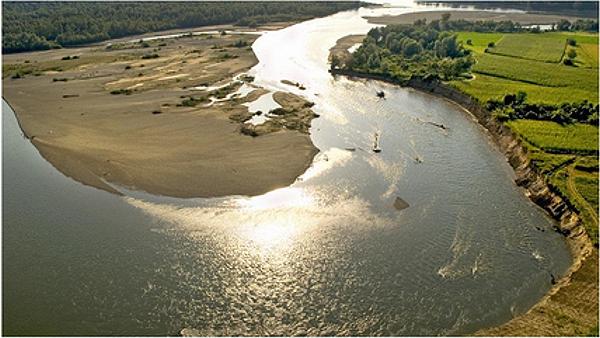
Two decades after its adoption, FASRB has become a key driver of stability in the region, and now serves as an example of best practice for other regions of the world.
The decline in volume of Lake Chad, which has decreased in size by 90 percent over 60 years, has led to a broad range of economic and security challenges in the region. Yet in recent years, Cameroon, Chad, the Central Africa Republic, Libya, Niger and Nigeria have given a new impetus to the Lake Chad Basin Commission, LCBC.
LCBC’s mandate has expanded to ensure the most efficient use of the basin’s waters, coordinate local development, and prevent the emergence of disputes that might arise among these countries and local communities.
LCBC is today the most appropriate institution for addressing the specific needs of the basin, including socio-economic development and security issues.
These two examples highlight the fact that, even in complex situations, states have the means to enact policies around access to water and shared resource management that are both fair and equitable thanks to international cooperation and the support of the United Nations system.
Featured image: At the village of Ngouboua, in the Lake Chad region, refugees prepare to travel by water to the Tanzanian city of Dar-es-Salam. February 11, 2015 (Photo by C. Birch courtesy UN Office for the Coordination of Humanitarian Affairs)

